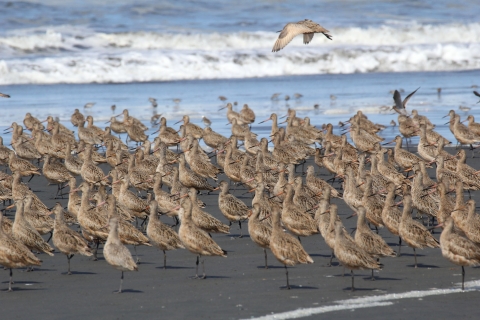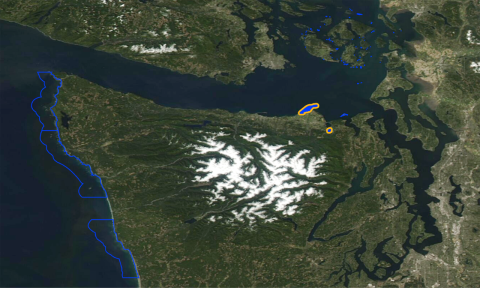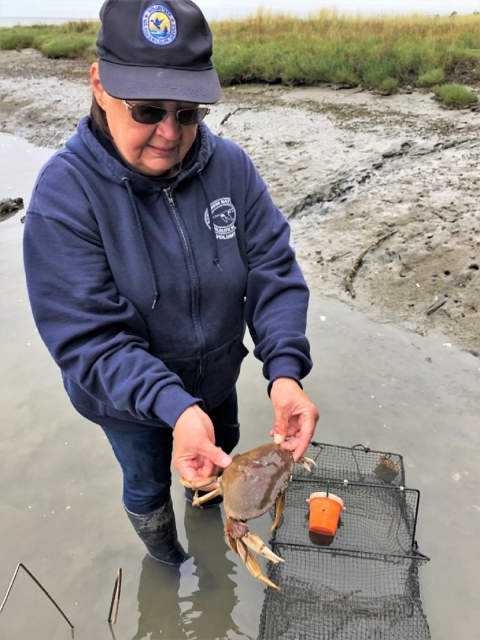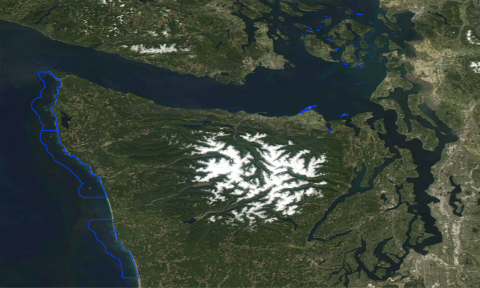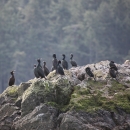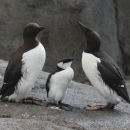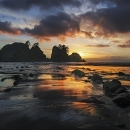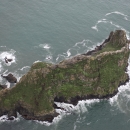About Us
Dungeness National Wildlife Refuge was established by Executive Order on January 20, 1915 for the land to be “. . . as a refuge, preserve and breeding ground for native birds.” The original 226.02 acres were known as the Dungeness Spit Reservation. This purpose applies to all portions of Dungeness NWR.
Most of the additional tracts acquired between the years 1972-1999, for a total of 39 acres, that make up the Refuge were authorized by the same Public Law and purchased with funds authorized by the Fish and Wildlife Act of 1956. The Act authorized the “. . . acquisition of refuge lands for the development, advancement, management, conservation, and protection of fish and wildlife resources . . .” and “. . . for the benefit of the United States Fish and Wildlife Service, in performing its activities and services. Additional land was purchased from willing sellers, received through donations, or easements.
Note: Bold language is from the original establishing legislation.
Dungeness National Wildlife Refuge
Our Mission
The mission of the National Wildlife Refuge System is to administer a national network of lands and waters for the conservation, management and, where appropriate, restoration of the fish, wildlife and plant resources and their habitats within the United States for the benefit of present and future generations of Americans.
Our History
How Dungeness Got Its Name
On April 30, 1792, Captain George Vancouver anchored HMS Discovery near the spit. He named it Dungeness Spit after a famous headland (a narrow piece of land that projects from a coastline into the sea) on the south coast of Kent in England. He thought this new area closely resembled that of the English coastline feature. Vancouver was unaware that the area had already been named Punta de Santa Cruz two years earlier by the Spanish explorer Manuel Quimper. Vancouver’s name stuck.
Dungeness Crabbing Industry
Along the West Coast, Dungeness crabs are both a delicacy and an important part of the seafood industry. Annual harvesting along the entire Pacific Coast ranges from 35-55 million pounds, although annual conditions can force lower harvests. The crabs are caught in traps called “pots”, baited with herring, squid, and razor clams, with the average boat tending 250-300 pots in depths ranging from 30-300 feet. Citing its importance to the state’s economy, the Oregon State Legislature named the Dungeness crab as the state crustacean in 2009; only two other states, Maryland (blue crab) and Louisiana (freshwater crayfish), have designated a state shellfish. Seafood Watch has given the crab a sustainable seafood rating of ‘Best Choice’.
Other Facilities in this Complex
- Protection Island NWR
- San Juan Islands NWR
- Copalis NWR
- Flattery Rocks NWR
- Quillayute Needles NWR




